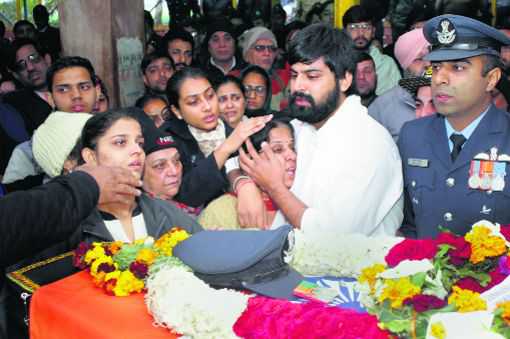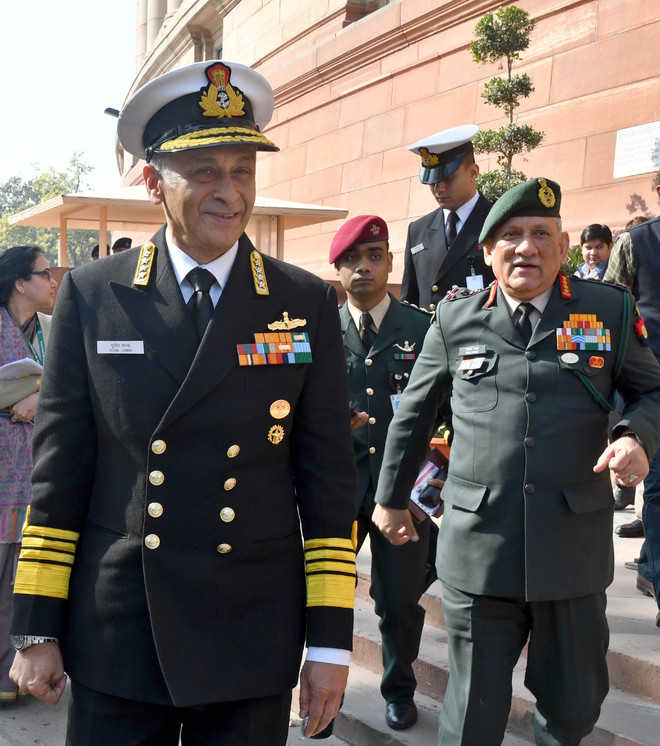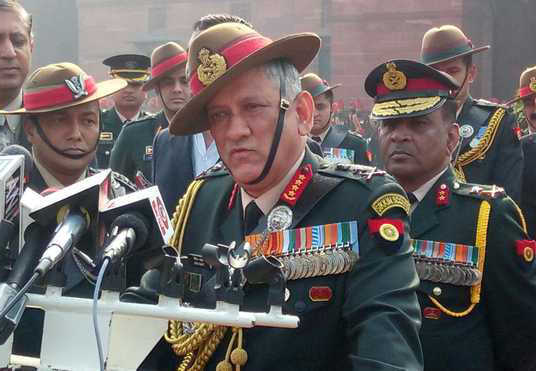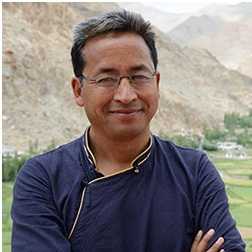India needs realistic defence planning and war doctrines that fit in with the budget
The defence allocations in the interim budget 2019-20 have again been a disappointment. While the capital outlay has crossed Rs 1 trillion for the first time, it hardly represents any hike over the revised figures for 2018-19 once inflation and rupee depreciation are accounted for. On the other hand, the bill on salaries and pensions has ballooned, thanks to the large size of the Indian armed forces and the implementation of one rank one pension. A simple addition of pay and allowances of serving personnel and pension of retired veterans returns the sum of Rs 2.33 trillion.
Even if this is an election year, the story has been the same for a long time now. The reality is that India is a developing country with multiple competing demands over scarce capital. It is tough to make a case for higher defence allocations without hiving off resources from some other programmes, which, too, require urgent funds. But equally, it is also a reality that India lives in a precarious neighbourhood with two hostile nuclear powers, one of which aims to be a global hegemon and the other is a breeding ground for terrorists. So what can be done?
One, India needs to drastically prune the size of its armed forces. In any case, a large army like ours is more equipped to fight yesterday’s wars and not tomorrow’s, which will require less manpower but greater technological prowess. Two, the armed forces needs to look at its own assets to squeeze in extra resources. Three, the security establishment needs to take a hard look at our war doctrines and defence planning. For instance, one keeps hearing that the IAF needs 42 fighter squadrons to fight a two-front war. If India spends so much money on buying so many aircraft, what will be left for the army and the navy? We need realistic defence planning and war doctrines for the budget we have in real life, not the budget the planners have in their minds.


























































































































